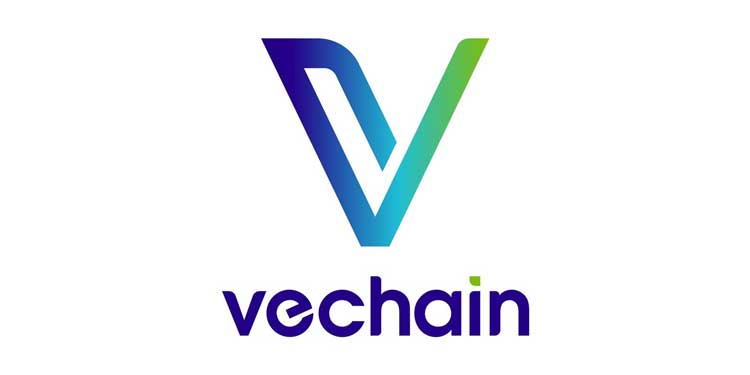
In the event of a failed request, the Virtual Node will make an automatic attempt to retry with an alternative node. In the event that a node is not fully synchronized, it will undergo an automatic transition to another node. Although not an optimal resolution for interruptions, this method offers a crucial safeguard for the current node framework.
The disclosed information indicates that the virtual node has been employed in various dApps and has undergone rigorous testing for a period of six months. Network adjustments were implemented during that particular time period in order to accommodate any outages. It is imperative to note that VeChain comprises of two discrete node classifications, specifically the Authority node and the Economic node. The function of the Authority node is to authenticate all transactions that occur on the blockchain. The selection and assessment of nodes is carried out by the VeChain Foundation. Furthermore, a comprehensive Know Your Customer (KYC) and application procedure is mandatory. Furthermore, the registration process mandates a minimum of 25 billion VET tokens.
The blockchain transactions are not authenticated by the economic node. On the contrary, it serves to enhance the stability of the ecosystem and yields advantages. A minimum of 1,000,000 VET is required to gain access to the smallest node. No supplementary equipment is necessary. It is sufficient for users to store their VET in a wallet that can be verified. VeChain announced on May 17th, via a blog post, that there are no incentives in the form of token rewards or access to supplementary data for individuals operating a public node on the platform. Their motivation for operating a public node for almost a year is driven by the desire to increase the number of participants in public infrastructure. As a result, a financial assistance request was submitted to the VeChain Foundation and has been recently granted. Currently, there exist three alternatives for enhancing their arrangements.
#Vechain #developers, we're proudly introducing our Virtual Node, designed to ensure high availability and resilience by retrying failed requests and accessing only synchronized nodes 🌐
Learn more about it in our blog:https://t.co/sfKpO9F4SI
— vechain.energy (@VechainEnergy) May 29, 2023
The American region is characterized by a scarcity of public nodes, which stands in stark contrast to the abundance of such nodes in the European and Asian regions. Consequently, we have implemented an additional MainNet node within the United States. Reportedly, VeChain has secured partnerships with more than 2 million businesses, in addition to the launch of its billion-dollar NFT collection. Over the years, the company has strived to leverage its cutting-edge technology to improve supply chain management, traceability, and transparency. The utilization of blockchain technology to distribute surplus energy within a local setting is one of the many practical applications of this innovation.
The aforementioned model is designed to curtail energy-related emissions by minimizing dependence on centralized power distribution and effectively allocating excess supply among nearby participants. The presence of such an ecosystem additionally fortifies the regional energy network, thereby diminishing the probability of energy blackouts.
At the moment of publishing, VET exhibited a positive market sentiment and registered a 4.4% growth over the preceding week, reaching $0.020563.